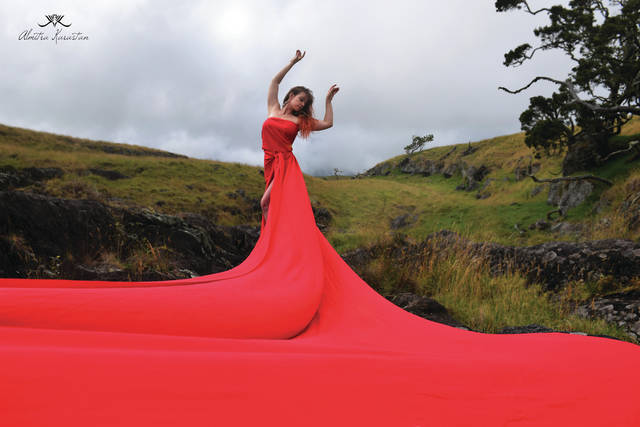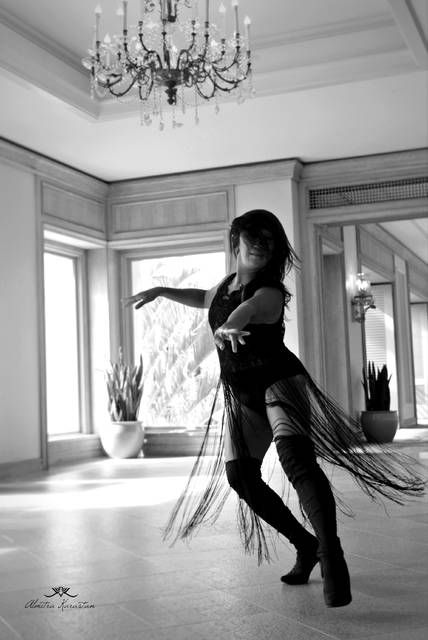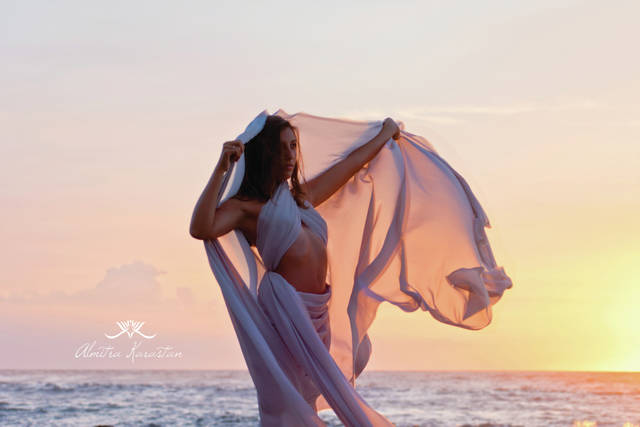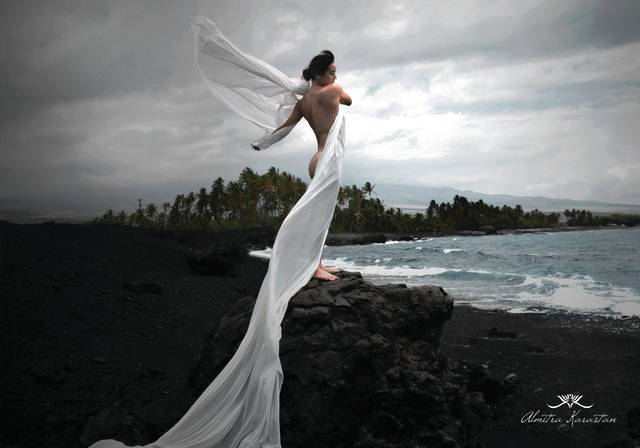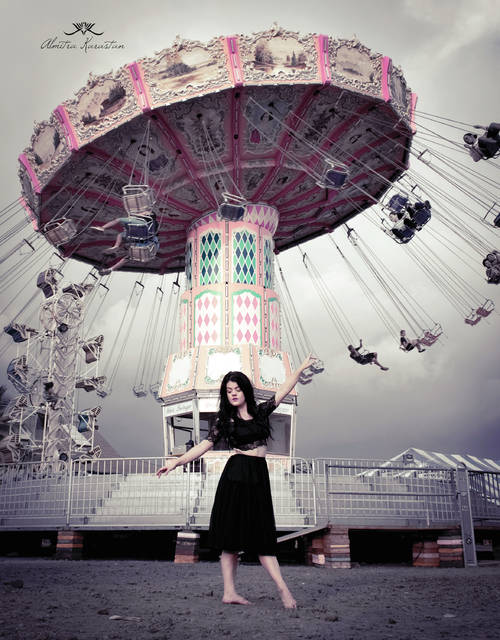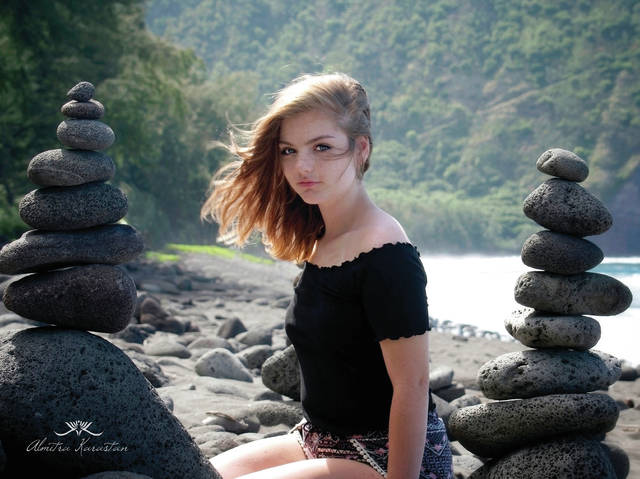Philosophers enjoy debating the definition of reality. Life’s multidimensional layers mean two people can look at the same subject, yet experience it differently depending upon the perspective they choose to adopt. Local artist and photographer Almitra Karastan shares her unique
Philosophers enjoy debating the definition of reality. Life’s multidimensional layers mean two people can look at the same subject, yet experience it differently depending upon the perspective they choose to adopt. Local artist and photographer Almitra Karastan shares her unique perspectives on humanity, and captures them in stunning images that make reality simultaneously authentic and alternative.
“I take images and work with them to create a different mood or style,” said Karastan. “I set the composition, then warp reality by changing the perspective. Because if I can change perspective, then I can change what is reading as reality.”
Karastan grew up in Seattle where she attended art school and studied perspective, line, color and shape. Raised by her mother, who was a professional businesswoman, Karastan spent much of her childhood watching films and listening to cinematic music, which sparked her creativity for movement.
“When I hear music, I experience it visually like a movie,” she said. “I watched a lot of films when I was younger, so, I see life a lot like a movie. There are angles in film-making that are unique compared to still photography, so when I’m on a shoot or I have a vision, it’s more from a cinematic or film makers point of view. I like to capture the motion and moments that are not necessarily so planned — moments of human experience where the guard is down for just a split second.”
Karastan’s photos are shot from uncommon perspectives with models that project an air of raw human emotion. Her work is larger than life because of the angles she chooses to shoot from. Taking her angles to an extreme, she makes an 8-foot piece of fabric appear as a 20-foot cascading waterfall of fabric.
“A lot of people will see a scene like a beach or a person, but I like to look at what’s being presented to me, then take the opposite approach,” said Karastan. “For example when taking a photo of a beach, most people will take if from the perspective of the sand — a common perspective. However, I would go to the edge of the sand or get in the water and get my angles from there.”
Finding inspiration through filmmakers such as Tim Burton, Ridley Scott and David Lynch, as well as the grunge/Goth era of the 1990s and 1950s Hollywood to name a few, Karastan is drawn to stories where the character is experiencing darkness, yet their innocence and authenticity still shines through.
“There’s always a facade people turn on when the camera comes out, and they want to just turn it on,” she said. “There’s all these things we think we have to be, and I’m just waiting for that moment when my subject lets their guard down. A good example is Marilyn Monroe. Most of her famous photos are of her not knowing what the hell is going on. It’s not that she was ditzy, there’s just these moments where her dress is all caught up for example. She’s not trying to be anyone else in those photos. That’s what I want to capture. I want to see the person beyond the facade.”
Karastan wishes to push the boundaries with her work and break free of the confinements society places upon itself through images.
“I want to create pieces that are provocative, but not necessarily in a sexual way,” she said. “We’re so conditioned to behave appropriately, so I want to capture images where the subjects break free of those confinements, as everyone else around them is conditioned to meet societal expectations.”
For more information and to view more photos, visit www.almitrakarastan.com ■


